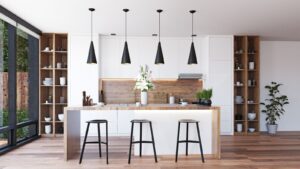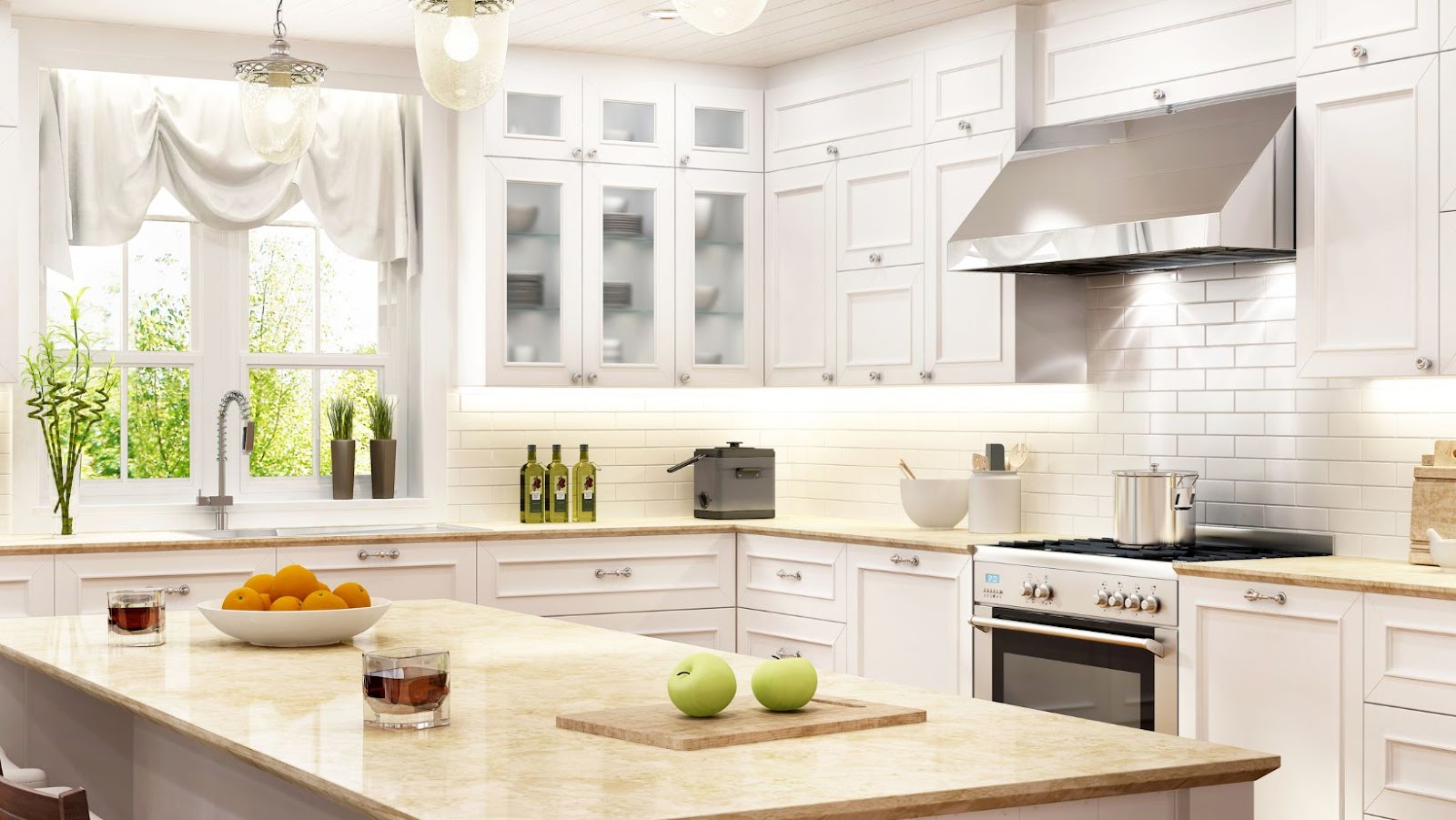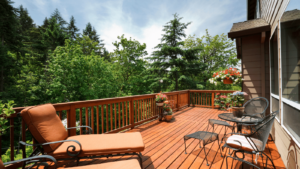How To Care For Perlite And Moss DIY Planters
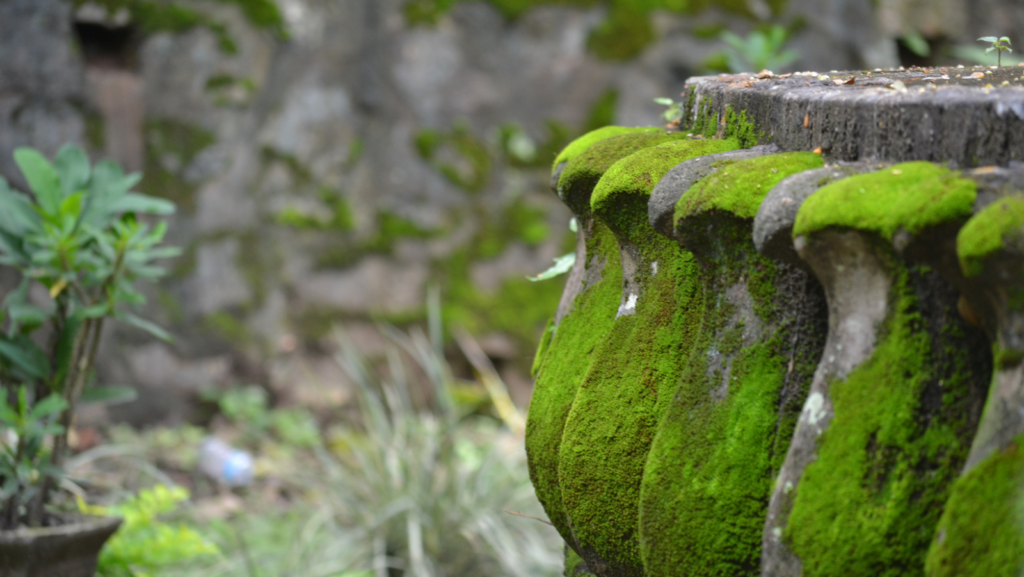 Are you looking for an easy and efficient way to grow plants in your home? Using moss and perlite in combination can provide an ideal environment for successful plant growth!
Are you looking for an easy and efficient way to grow plants in your home? Using moss and perlite in combination can provide an ideal environment for successful plant growth!
In this article, we’ll explain how you can use perlite and moss to create a sustainable DIY planter. Read on to learn more!
Introduction to Perlite and Moss
Perlite and moss are commonly used in DIY planters as they provide several benefits to plants and help them flourish. Perlite is a lightweight, porous material that improves soil drainage and aeration, which prevents root rot and promotes healthy root growth. Moss, on the other hand, helps to absorb excess moisture in the planter while providing insulation to the roots. Additionally, moss releases nutrients over time as it breaks down, which can benefit the plants.
To care for perlite and moss DIY planters, it is important to ensure that they are kept moist and not overly dry. This can be achieved by watering sparingly and monitoring the moisture level of the soil. It is also recommended to mist the plant occasionally to provide additional moisture to the moss. Regularly removing any dead leaves or debris is also essential to keep the planter clean and healthy.
Pro Tip: Adding a layer of activated charcoal at the bottom of the planter can help to absorb odors and purify the air around the plant.
Why Use Perlite And Moss In DIY Planters
Perlite and moss are popular additions to DIY planters for a number of reasons, including improved drainage, increased aeration, and enhanced moisture retention.
Perlite is a lightweight, porous material that helps to improve drainage by preventing water from pooling in the soil. It also provides aeration to the roots, making it easier for them to breathe, and reducing the risk of root rot. Perlite is an excellent choice for any plant that requires well-draining soil.
Moss is a natural water-holding material that works well to prevent soil from drying out too quickly. It also helps to retain moisture, which is particularly beneficial for plants that require consistent moisture levels, such as ferns or mosses. Moss is also an excellent alternative to soil as it is rich in nutrients and organic matter.
When used together, perlite and moss can help you create the perfect environment for your houseplant to thrive, ensuring that it receives the right amount of water, nutrients, and air to stay healthy and strong. So, next time you’re creating a DIY planter, consider adding perlite and moss to your soil mixture.
Pro Tip: Remember to moisten your soil mixture before planting to make it easier for the roots to settle in.
Choosing the Right Planter for Perlite and Moss
Perlite and moss are popular choices for DIY planters due to their lightweight and porous nature that helps with oxygen circulation and water retention, respectively. The following are the best types of planters to use for these materials:
Un-glazed Terra Cotta Planter: Terra cotta planters are porous, providing excellent drainage and air circulation essential for perlite and moss plants. These planters are also affordable and aesthetically pleasing.
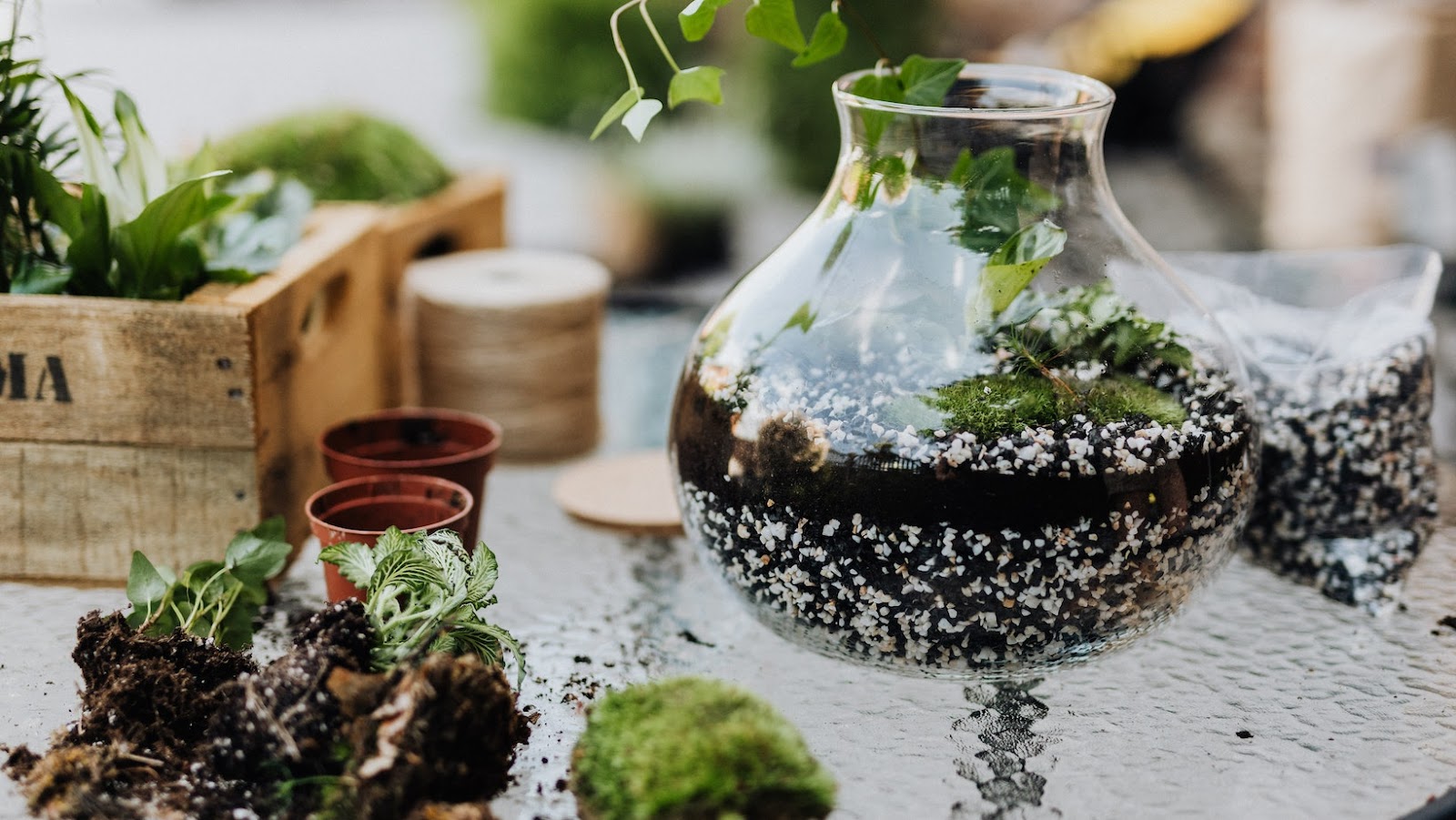
Hanging Basket: For plants that require hanging or trailing, hanging baskets are ideal, and they are ideal for accommodating plants containing perlite or moss since the basket is ventilated, allowing for adequate airflow and drainage.
Drainage Container: Containers used for perlite and moss plants should be well-drained to avoid waterlogging, making drainage containers a perfect choice. They are easy to move and come in various sizes.
Pro Tip: Perlite and moss planters are low maintenance, but keep track of your plant’s watering needs to keep them healthy. Also, avoid over-fertilizing your plants as perlite and moss provide all necessary nutrients for your plants to grow.
Preparing the Planter for Perlite and Moss
Perlite and moss are handy tools that can help DIY planters to grow strong and healthy plants. Perlite is important because it adds air space to the soil and aids drainage while moss helps to retain moisture in the soil.
Here are the steps to follow for preparing the planter for perlite and moss:
- Choose a container with adequate drainage holes.
- Cover the drainage holes with a fine mesh screen to prevent soil from escaping.
- Mix soil with a generous amount of perlite and moss.
- Fill the container with the soil and perlite mixture.
- Add a layer of moss on top of the soil to retain moisture and prevent soil erosion.
- Water the planter thoroughly, and you are ready to plant!
Pro tip: Always ensure that the soil remains moist but not waterlogged, as perlite and moss can both contribute to overwatering if not properly monitored.
Planting with Perlite and Moss
Perlite and moss are two crucial components for DIY planters that add numerous benefits, making them a great option for any plant enthusiast.
Perlite is a natural volcanic mineral that is lightweight and porous, providing excellent drainage and aeration to plants, preventing root rot and disease, and promoting healthy growth. It also improves soil structure, reduces compaction, and helps retain moisture, making it an ideal ingredient for potting mixtures.
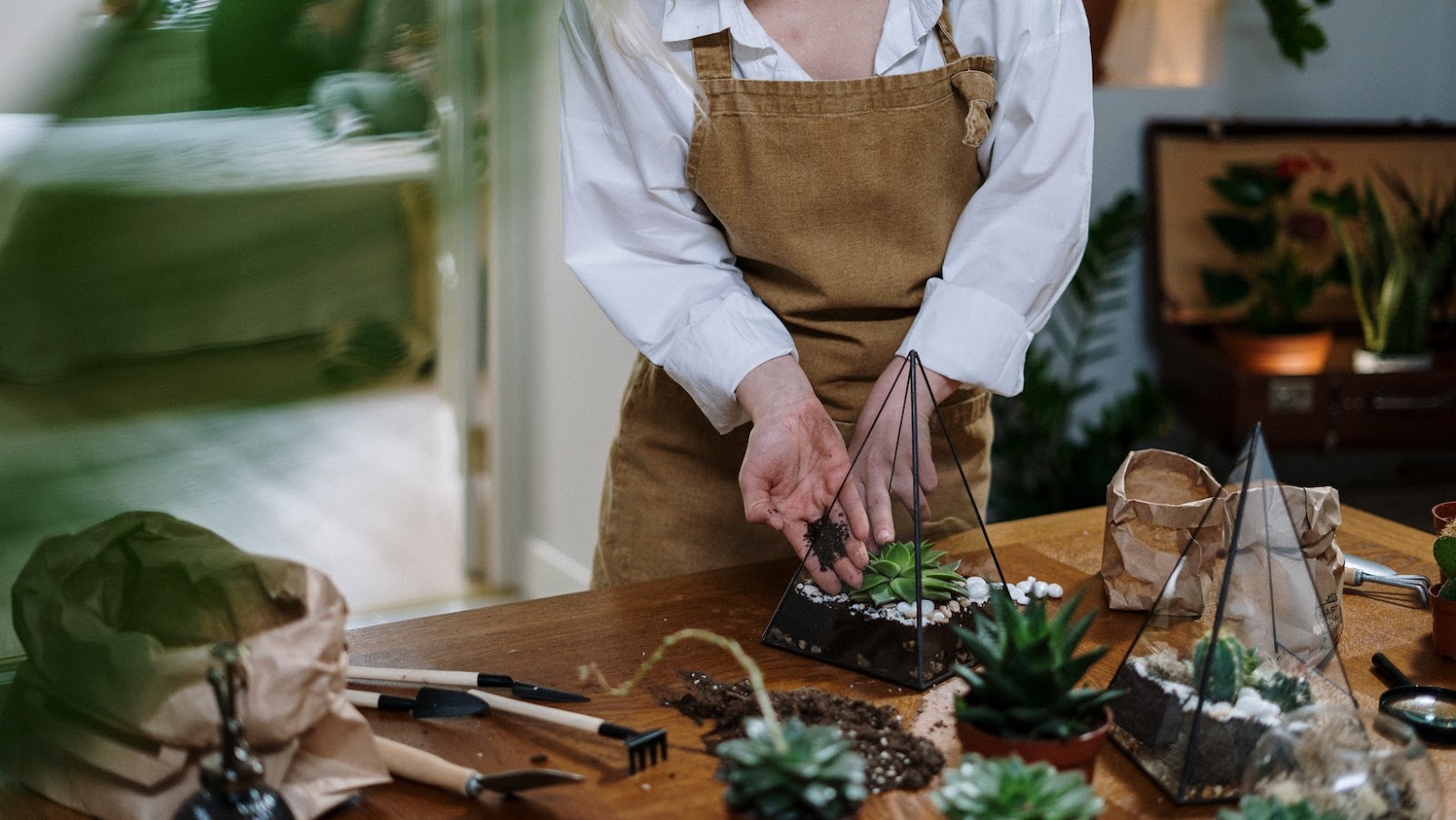
Moss acts as a natural filter, as it helps clean and purify the air around your plants, reducing toxins in the environment. It also helps to retain moisture and nutrients, preventing soil from drying out too quickly and keeping your plants hydrated. Moss is a low-maintenance plant that can thrive in various conditions and adds aesthetic value to your planter.
By adding perlite and moss to your DIY planters, not only do you ensure proper care of your plants, but you also enhance their visual appeal. It is a natural and easy-to-maintain solution that blends style with practicality.
Pro Tip: Add activated charcoal to your potting mixture to help combat soil-borne bacteria and keep your plants healthy.
Caring for Perlite and Moss Planters
Perlite and moss are excellent choices for DIY planters as they provide a well-draining environment for the growth of your plants. However, it is important to properly care for these planters to ensure the longevity of your plants. Here’s how to care for perlite and moss DIY planters.
1. Watering – Perlite and moss planters require frequent watering due to their well-draining nature. Water the plants regularly to prevent them from drying out. Ensure that the soil is moist but not waterlogged as it may lead to root rot.
2. Fertilizing – Due to the well-draining nature of perlite and moss planters, they tend to lose nutrients faster. Use liquid fertilizers to provide the necessary nutrients to the plants regularly.
3. Cleaning – Keep your perlite and moss planters clean and free from mold and algae by regularly removing debris from the surface of the soil.
When perlite and moss planters are cared for properly, they can provide an excellent growing medium for plants, resulting in healthy and happy greenery.
Pro tip: When watering your perlite and moss planters, use filtered water to prevent buildup of harmful minerals in the soil.
Troubleshooting Common Issues with Perlite and Moss Planters
Perlite and moss DIY planters are a popular and low-maintenance option to cultivate your indoor plants. By using perlite and moss, you can create a porous environment for your plants that encourages good drainage, aeration, and healthy root growth. However, like any other planter, perlite and moss planters can also face some common issues. Here’s how to troubleshoot them:
1. Overwatering/Lack of Drainage: Perlite and moss planters require well-drained soil, so if they aren’t draining well, it could lead to root rot. Use a well-draining potting mix and avoid watering your plants too frequently.
2. Pests: Check your plants regularly for pests such as spider mites, mealybugs or aphids, which can damage your plants. Use natural remedies such as insecticidal soap or neem oil if you identify any.
3. Mold Growth: Overwatering, high humidity, and poor ventilation can cause mold to grow in your perlite and moss planters. Make sure to let the topsoil dry out between watering, increase ventilation, and consider the use of a fan or dehumidifier to keep humidity levels low.
Remember to keep an eye on your plants and address any issues promptly. With proper care, your perlite and moss DIY planters can provide a beautiful and healthy home for your indoor plants.
Conclusion
In conclusion, using perlite and moss in DIY planters is an excellent way to provide your plants with adequate drainage, water retention, and nutrients. Perlite, a natural volcanic glass, creates air pockets in the soil and prevents waterlogging, which can cause root rot. Moss, on the other hand, helps to retain moisture and keep the soil hydrated, providing essential nutrients to your plants. Together, these two elements create the perfect environment for plants to grow and thrive in indoor and outdoor spaces.
To care for perlite and moss DIY planters, ensure that you use high-quality materials and follow proper watering and fertilization practices. Regularly water your plants and allow excess water to drain out of the pot. Additionally, use a balanced plant fertilizer to supplement your plants’ nutrient requirements. By following these simple tips, you can ensure that your DIY planters thrive and create a beautiful and healthy environment in your home or garden.
Pro Tip: Consider experimenting with different ratios of perlite and moss to create customized soil mixes that cater to the needs of specific plant varieties.

